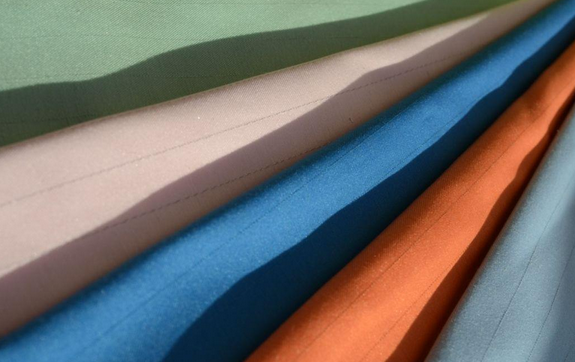I usually go shopping and go shopping on Taobao
But there are many clothes that I dislike after wearing them a few times
In fact, the knowledge lies in the quality of clothing fabrics
Good fabrics are not only comfortable to wear
Quality It can also be seen at a glance
Come and learn how to choose~
Sensory identification method
Visual inspection: Use the visual effects of the eyes to observe the luster, dyeing, and roughness of the surface of the fabric. The appearance characteristics of tissue, texture and fibers;
Hand touch: Use the tactile effect of hands to feel the softness, smoothness, roughness, details, elasticity, warmth and coldness of the fabric. You can also use your hands to detect the strength and elasticity of the fibers and yarns in the fabric;
Hearing and smelling: Hearing and smell are helpful in judging the raw materials of certain fabrics. For example, silk has a unique silky sound; different fiber fabrics have different tearing sounds; acrylic and wool fiber fabrics have different smells, etc.

Textile fabric warp and weft identification
It can be based on the selvage identification of textile fabrics, the density identification of textile fabrics, the raw material identification of yarns, and the twist direction identification of yarns. Yarn structure identification, sizing condition identification, reed mark identification, fabric warp and weft yarn density, twist direction and twist identification, and identification based on the stretchability of the fabric.
Identification of Appearance Quality of Textile Fabrics Defects in textile fabrics include broken warps, sunken yarns, skipping flowers, open edges, cobwebs, holes, rovings, slub yarns, belly yarns, double wefts, tightly twisted yarns, strips Uneven drying, thinning, thin weft, thin sections, dense paths, thick sections, edge defects, neps and impurities, stains, color stripes, rungs, missing wefts, loose feet, creases, nip, scratches, Wrong weft, loose warp, reed path, wrong reed thread, narrow width, reverse twill, pattern discrepancy, color difference, color stripes, stripes, stripes, pattern discrepancy, dark and light dots, skew, printing deviation, desizing, color flowers, These staining defects can be identified based on their appearance characteristics.
Identification of deteriorated textiles
The main methods are to look, touch, listen, smell and lick:
Look: observe the color and appearance of the fabric, and whether there are any traces of deterioration. Such as wind stains, oil stains, water spots, mildew spots, staining, discoloration, or unusual characteristics that are different from normal fabrics;
Touch: Hold the fabric tightly with your hands to feel for signs of stiffness, moisture, heat, etc. that may cause deterioration. Symptoms;
Listening: The sound produced by tearing the fabric is compared with the crisp sound produced by normal fabrics. If the sound is dumb, dull, or silent, deterioration may occur;
Smell: By smelling the fabric , to determine whether the fabric has deteriorated. Except for specially finished fabrics (such as coated with rainproof agent or treated with resin, etc.), anything with a strange smell, such as acid, mildew, bleaching powder, etc., indicates that the fabric has deteriorated;
Licking: licking the fabric with the tongue Finally, if the flour is moldy or has a sour smell, it means it has become moldy.
If you learn these methods, you are no longer a fabric novice. Identifying fabrics can be done in minutes.



